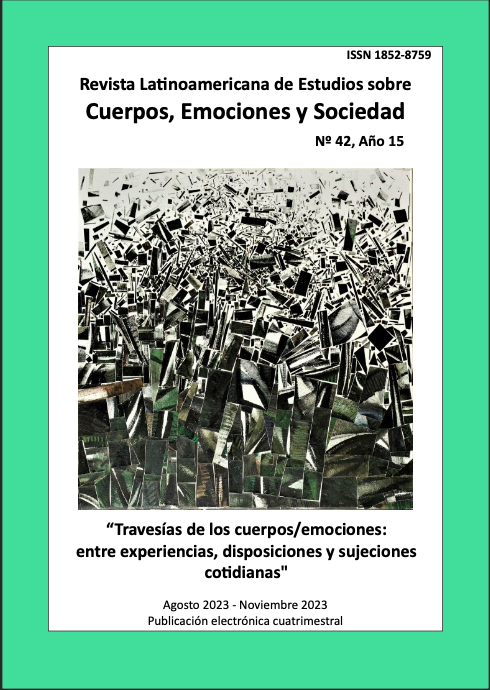Resumen
O objetivo foi analisar as vivências de lazer praticadas por idosos ao longo da vida para conhecer possíveis relações entre as práticas de lazer atuais e passadas, assim como os fatores que influenciaram em cada etapa da vida. Pesquisa de caráter qualitativo e exploratório. A seleção da amostra foi intencional e não probabilística. Adotou-se a entrevista semiestruturada para a coleta dos dados. O número de participantes foi definido pela técnica de saturação de dados. Para a interpretação das informações empregou-se a técnica de análise de conteúdo e o Software Iramuteq. A amostra foi composta por 18 pessoas (10 mulheres e oito homens), 70,5±5,1 anos. Como principais resultados identificou-se: 1) infância e adolescência: vivências de lazer do tipo não sistematizada; 2) vida adulta: houve maior restrição às atividades de lazer em virtude das obrigações sociais; 3) terceira idade: possibilidade de inserção às vivências de lazer em virtude de maior tempo livre decorrente da aposentadoria. Conclui-se que há uma continuidade das atividades de lazer realizadas nas fases anteriores do ciclo da vida, influenciada por múltiplos fatores como, condições socioeconômicas, culturais e possibilidades de acesso a espaços e equipamentos de lazer, podendo interferir na adesão e/ou aderência a essas atividades na terceira idade.

